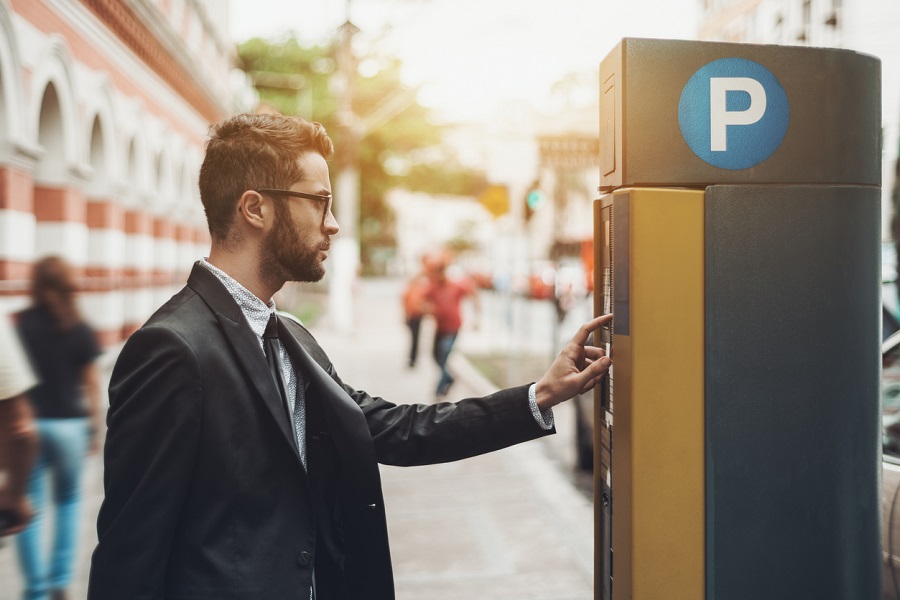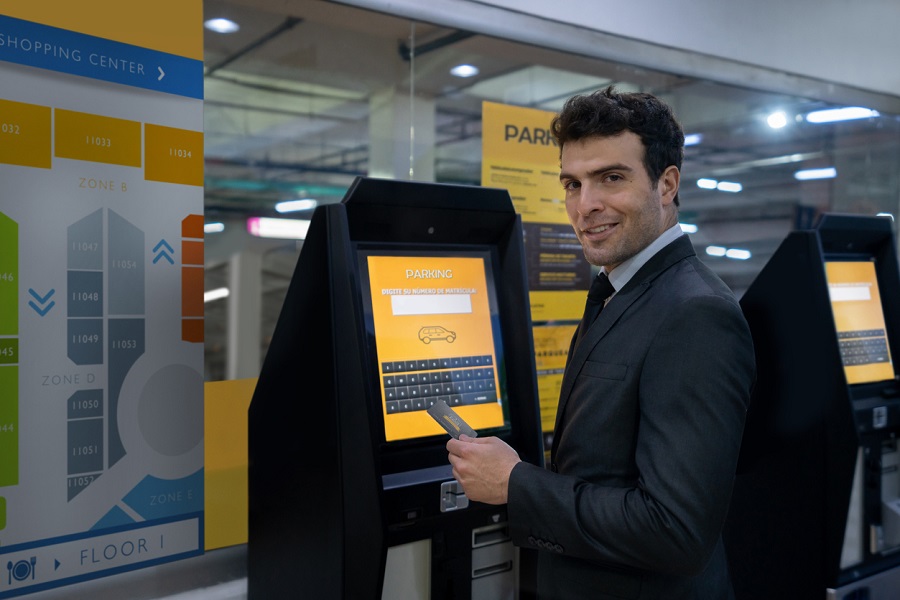For those of us old enough to remember, there was little quite as irritating as analog parking meters when visiting a busy city center. Fishing around for change, figuring out how much time was available to do whatever needed to be done, then losing track of time, creating a panicked rush out the door to feed the meter, only to find a parking ticket on the windshield (of course). Thankfully, modern digital kiosks have made parking simpler, easier, and more convenient for users, and a better investment for lot and garage owners.
What is a Parking Payment Kiosk?
Parking payment kiosks have been around since 1935; at that time, of course, they were simply known as “parking meters.” While some examples of coin-operated analog meters still exist today, most self-paid parking, whether in a garage or on the street, is handled by digital payment kiosks.

These kiosks allow visitors to pay for parking directly at the kiosk via credit or debit card (and yes, some do still take physical bills, although that is becoming less and less common), or via a connected app.
The Importance of Parking Payment Kiosks for Owners and Operators
Digital self-payment parking kiosks have quite a few advantages over simple parking meters for those who install them. Since many only accept digital payments, there is no need to hire staff to collect coins or bills or replace bills needed in order to make change. This also reduces wear and tear on the units. They are easier to update, too.
If the cost to park changes, most digital kiosks can be updated remotely with that information, rather than physically adjusted in some way. Additionally, digital kiosks can be equipped with monitoring software that can tell a central system if something is wrong with software or hardware, as well as collect useful data, such as total usage and current capacity.
Where are Parking Kiosks Used?
- City Parking Garages and Lots: Many cities own some or all of the parking garages within their boundaries. They are especially common for government buildings, like courthouses. The proceeds from paid parking generally goes toward funding city-run programs that benefit residents.
- City Street Parking: Most large cities as well as many smaller downtowns or town squares use digital marketing kiosks along their streets, also as a way to fund city programs.
- Privately Owned Parking Lots and Garages: It is not unusual, especially in big cities or county seats, for parking lots and garages to be built on privately-owned land. In these cases, the owner may be approached by a management company who will build and maintain the parking area, essentially leasing it from the owner. Or, the owner may decide to build and manage the parking directly, on their own.
Types of Self-Payment Parking Kiosks
There are several types of digital self-pay parking kiosks available.
1. Street Parking Payment Kiosk (Parking Meter Kiosk)
Street parking kiosks can be found in most cities, often for spots that require parallel parking, but sometimes, on a more limited basis, for traditional parking directly in front of popular store fronts. These kiosks are frequently able to be accessed both directly and by mobile app.
It’s common to see these types of digital kiosks placed at regular intervals on streets where paying for parking is necessary, to prevent the user from having to walk long distances looking for the nearest kiosk location. These kiosks require payment at the time parking begins.
2. Non-Gated Parking Lot Payment Kiosk
These are most common in paid surface parking lots, and are usually able to be accessed both directly and by mobile app. The difference between these kiosks and street parking kiosks is that only one, centrally placed kiosk is needed in order to handle a large number of cars.
Occasionally, several kiosks are placed in the same lot, but that is largely for the convenience of the user. These kiosks also require payment at the time parking begins.
3. Gated Parking Payment Kiosk
Unlike non-gated street or lot parking kiosks, most gated parking kiosks still require printed tickets that are used when it comes time to pay at the end of the user’s visit, which then triggers the gate to open. However, non-gated parking garages and lots are becoming more common; these do not require tickets, and use the same technology as the other two types of kiosks mentioned above.
What are the Main Functions of a Digital Self-Pay Parking Kiosk?
Parking kiosks are able to perform a number of functions, including:
- Ticket printing
- Ticket scanning
- Payment processing
- Receipt printing
- Parking status information i.e. time remaining before a paid extension is required
- Capacity information including open levels and spaces
- Garage and lot access control (when a physical gate is present)
How Do Self-Payment Parking Kiosks Work?

Most digital parking kiosks are not difficult to operate. Many people who frequently park in the same area or lot choose to download the connected mobile app for their phone in order to make the process even more efficient and convenient.
1. For non-gated lots and garages, the user chooses a parking space. * In gated parking areas, the space is chosen later
2. User accesses the parking kiosk directly or via mobile app
3. For non-gated lots and garages, depending on how the kiosk’s software is configured, the user then inputs either a parking space number, or their license plate information, including alpha numeric characters and state of registration.
In gated lots and garages, the kiosk dispenses a physical ticket or creates a mobile device-scannable digital ticket via QR code
4. Non-gated parking lots and garages require payment in advance. The cost may be a fixed, flat rate, or an hourly rate. Hourly rates can often be paid in smaller or larger increments, from as little as 15 minutes to as much as several hours at a time.
Gated parking lots do not require payment until the visit is completed. At this time, their physical or digital ticket can be scanned at the kiosk, payment made, and receipt printed or sent to the user via SMS. The gate is then lifted to allow exit from the parking area.
While there are still digital kiosks that can process cash payments, most are moving to all digital payment processing via credit or debit card
What are the Benefits of Self-Payment Parking Garage Kiosks?
Self-pay digital parking kiosks can have many benefits for owners and operators.
Better data and enhanced reporting
Because these kiosks are digital, they are able to provide value back to the owner or operator that goes beyond what is collected in payments in the form of data. This data can help inform decisions regarding capacity planning and pricing, as well as report on usage trends.
Decreased overhead
Digital self-pay parking kiosks don’t need to be staffed by multiple employees, which decreases the total overhead necessary for their operation. In fact, many don’t staff their physical kiosks at all, instead opting for the integration of a “call” button that can contact a centralized office for assistance were help to be needed by the user.
Simplified Maintenance
Because parking payment kiosks are machines – albeit more sophisticated ones than their analog predecessors – they can, of course, break down. However, as digital machines, many of the issues that may arise can be fixed remotely with software or firmware updates. On the occasion that a physical part of the kiosk experiences problems, extended warranties and service contracts can play an important role in keeping the cost of ownership down and overall ROI up.
Ease of Use for Customers
Most people have grown accustomed to using digital kiosks, and almost expect the convenience of them available for handling automated processes. Self-payment parking kiosks are no exception, especially when combined with mobile app access.
Why Choose REDYREF to Design and Manufacture Digital Parking Payment Kiosks?
With more than 100 years of kiosk manufacturing experience, REDYREF is able to customize self-payment solutions including those for parking lots, garages, and street parking. Whether for public or private entities, REDYREF helps increase operating efficiencies for parking establishment owners. Interested in learning more? Request an online quote for your digital parking kiosk project, or call 1.800.628.3603 for additional information.


